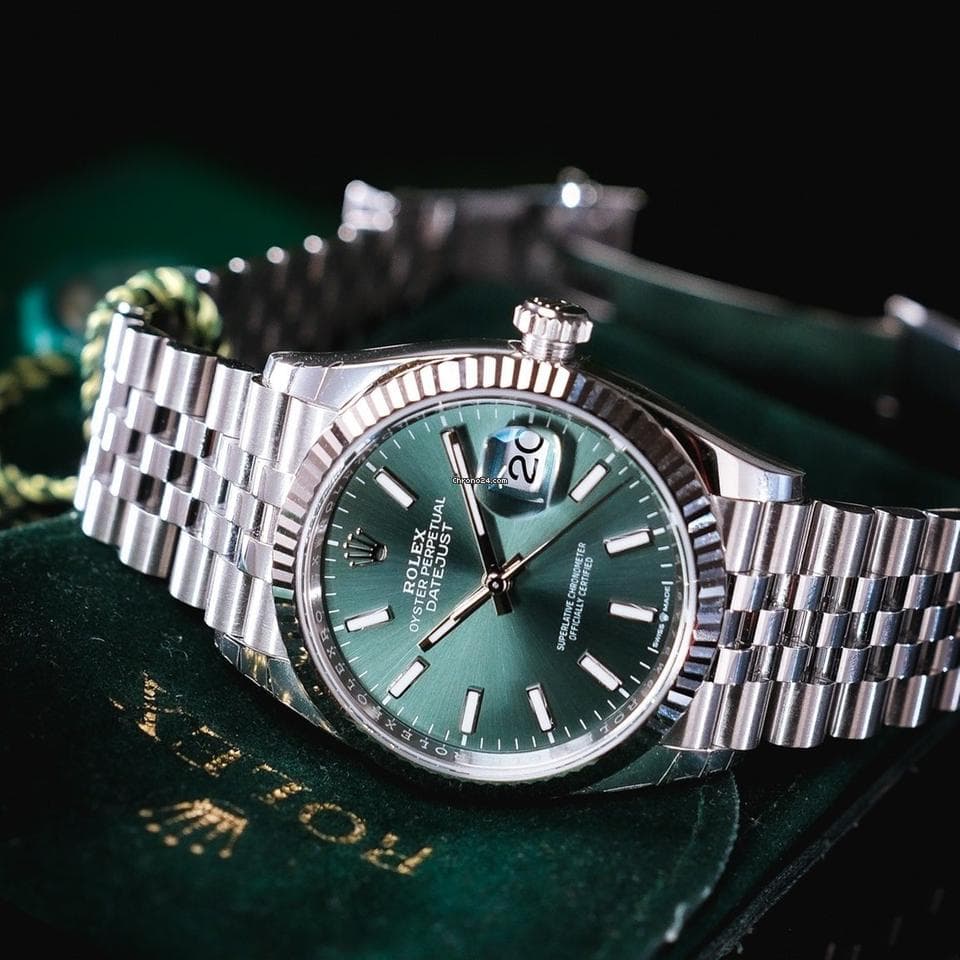
Why Rolex Is Rolex: A Legacy of Innovation, Prestige, and Precision
Rolex. A name that symbolizes luxury, precision, and success in watchmaking. How did Rolex become so iconic, and what are its key contributions to the watch industry?
This article explores the origins of Rolex, key milestones, and the distinctive elements that have made it one of the most renowned and esteemed luxury brands globally.
The Origins of Rolex: A Brand Built on Vision
Founded in 1905 in London, Rolex began its journey thanks to the vision of Hans Wilsdorf and his brother-in-law Alfred Davis, who initially started the company under the name Wilsdorf and Davis.
Wilsdorf dreamt of creating a wristwatch that was not only elegant and reliable but also exceptionally precise. It was quite a revolutionary concept in an era when pocket watches were the norm. In 1908, Wilsdorf took a big step by registering the trademark “Rolex” and relocating the company to Geneva, Switzerland, the heart of fine watchmaking, to fully embrace the incredible Swiss expertise and craftsmanship.
Wilsdorf imagined a name that was easily pronounceable across languages. He looked for a name short enough to fit elegantly on a watch dial while conveying a sense of prestige. Although the exact origin of the word remains a bit of a mystery, Wilsdorf once shared that he imagined it resembling the delightful sound a watch makes when it’s wound up.
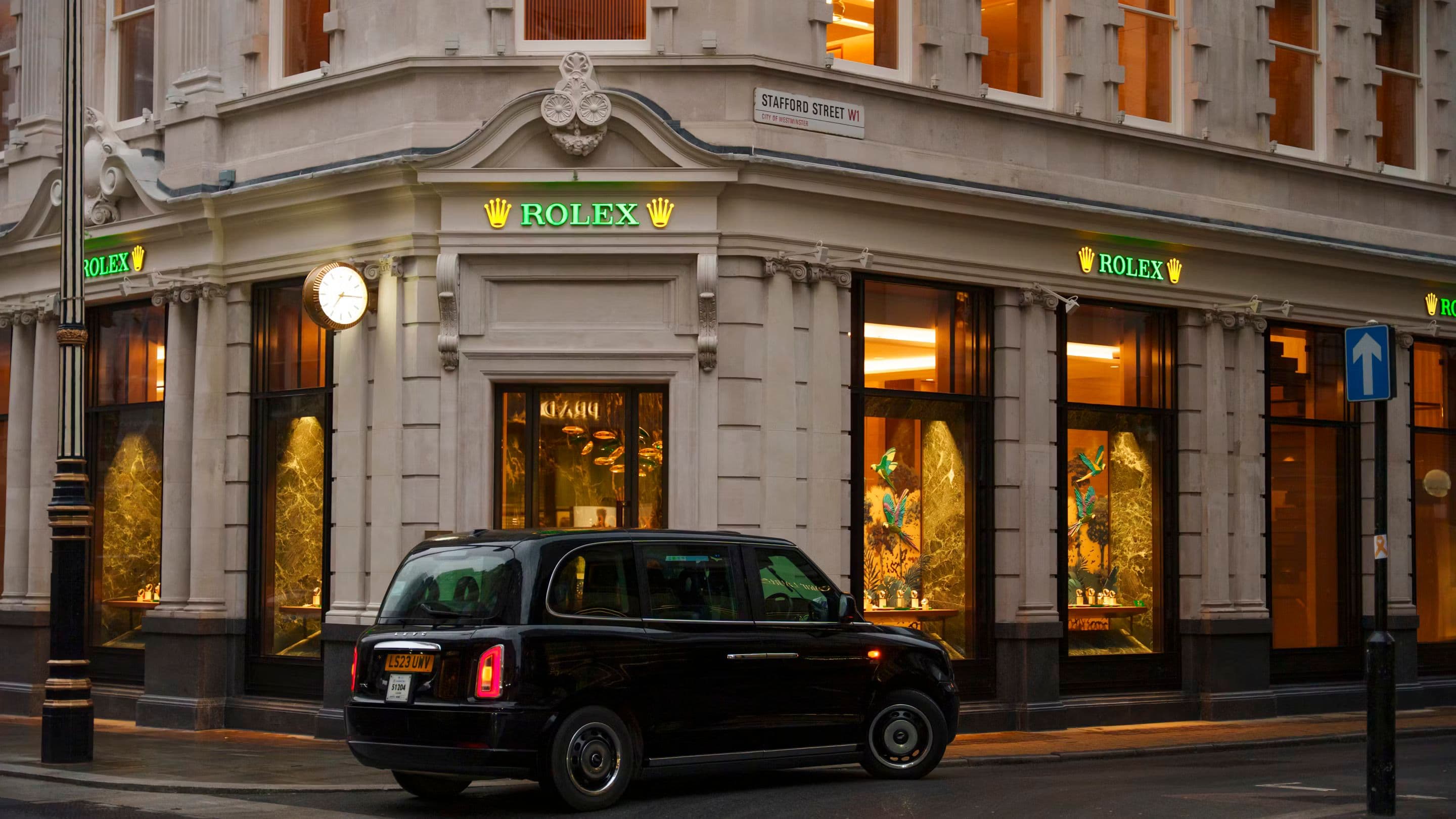
Breaking Points: What Made Rolex So Famous?
In essence, Rolex established a cycle where innovation fuels prestige, prestige stimulates demand, and demand supports further innovation. Let’s explore the details more thoroughly.
1. Precision & Chronometric Certification
In 1910, Rolex became the first wristwatch brand to receive the Swiss Certificate of Chronometric Precision, proving wristwatches could match pocket watches in accuracy.
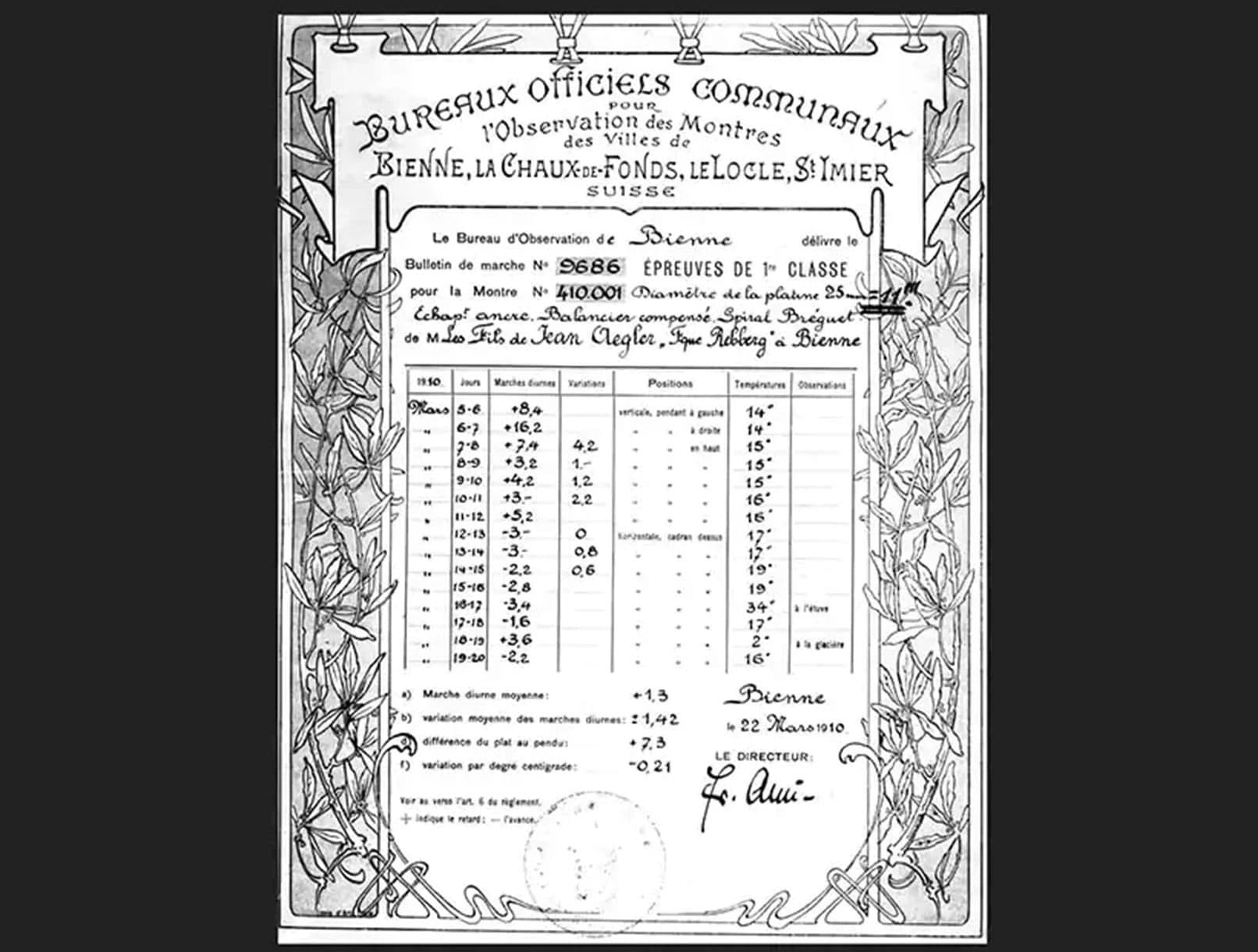
2. The Oyster Case (1926)
Rolex created the first waterproof wristwatch, the Oyster, revolutionizing durability. In 1927, Mercedes Gleitze swam the English Channel wearing an Oyster. And, it survived, and so did the legend.
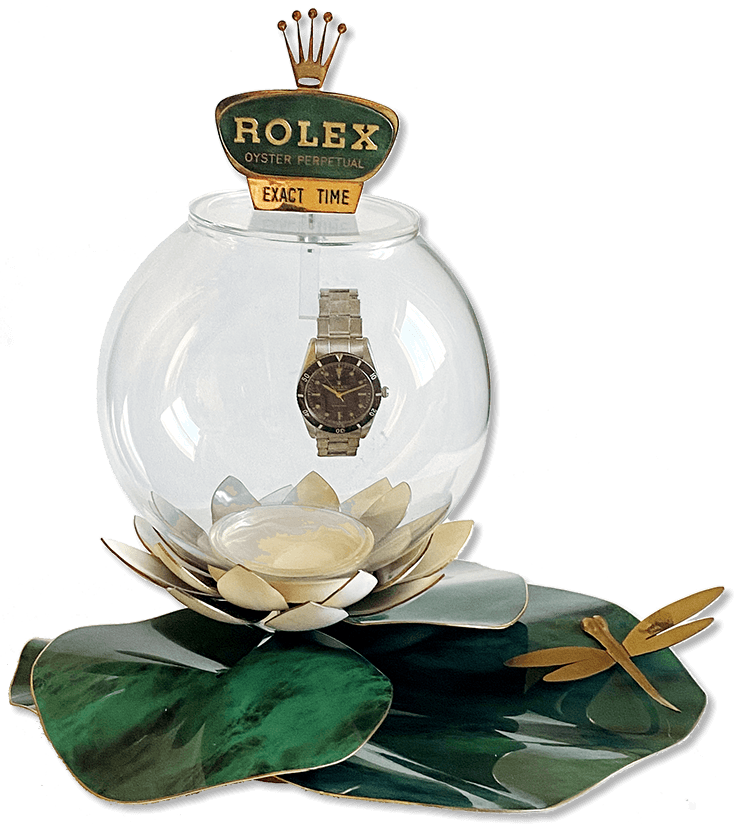
3. Perpetual Movement (1931)
Rolex patented the first self-winding mechanism with a perpetual rotor, laying the foundation for modern automatic watches and Rolex movements today.
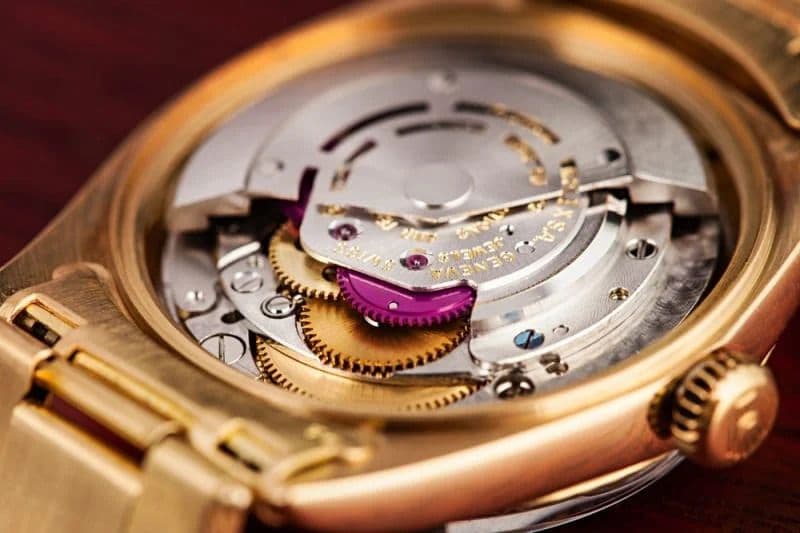
4. Tool Watches for Professionals
Rolex, known for tool watches, excelled in extreme environments.
- Rolex Submariner (1953): A diver’s watch icon.
- Rolex Explorer (1953): Released after Sir Edmund Hillary and Tenzing Norgay's Everest summit.
- Rolex GMT-Master (1955): Created for Pan Am pilots to track multiple time zones.
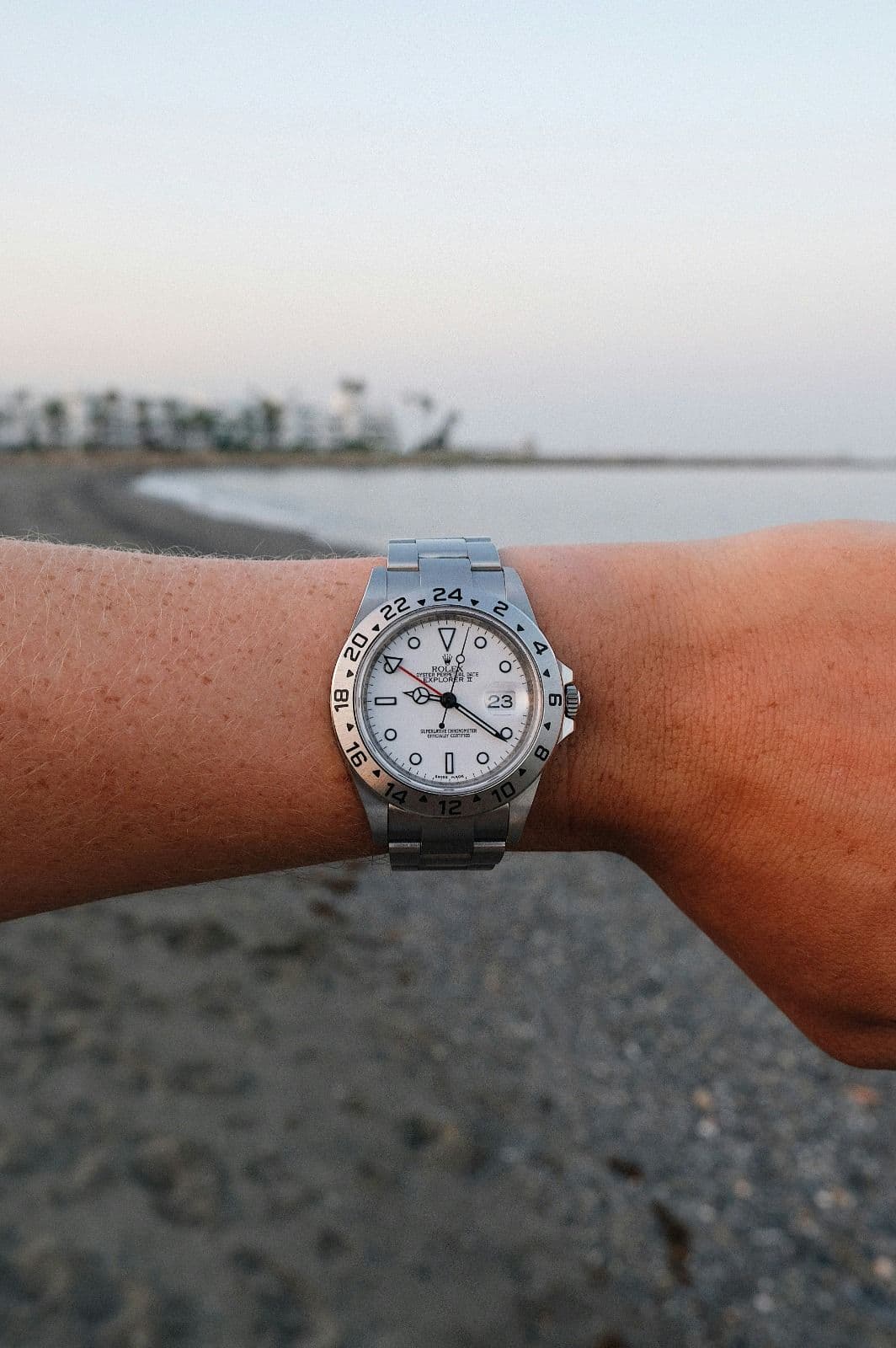
5. Marketing Genius
Rolex linked its watches to achievement, adventure, and prestige. By sponsoring expeditions, sports events, and cultural icons, it became a symbol of success in the public consciousness.

The Rolex Effect: Why It's More Than a Watch
Buying a Rolex today, especially popular stainless steel models like the Submariner, Daytona, or GMT-Master II, isn’t as simple as walking into a store. Many models are produced in limited quantities and distributed strategically, resulting in long waiting lists at authorized dealers. This exclusivity is part of Rolex’s controlled production and distribution strategy.
New buyers should start with accessible models like the Oyster Perpetual, Datejust, or Explorer to build purchase history. Over time, trusted customers may access higher-demand pieces. While frustrating for some, this approach enhances the brand’s mystique and sustains resale value, making Rolex ownership a symbol of status, loyalty, and luck.
Rolex watches symbolize achievement, timeless style, and lasting value. Unlike most luxury items, they often appreciate, making them investment-grade. From Paul Newman’s Daytona, which sold for $17.8 million, to James Bond’s Submariner, Rolex is embedded in pop culture and collector circles.
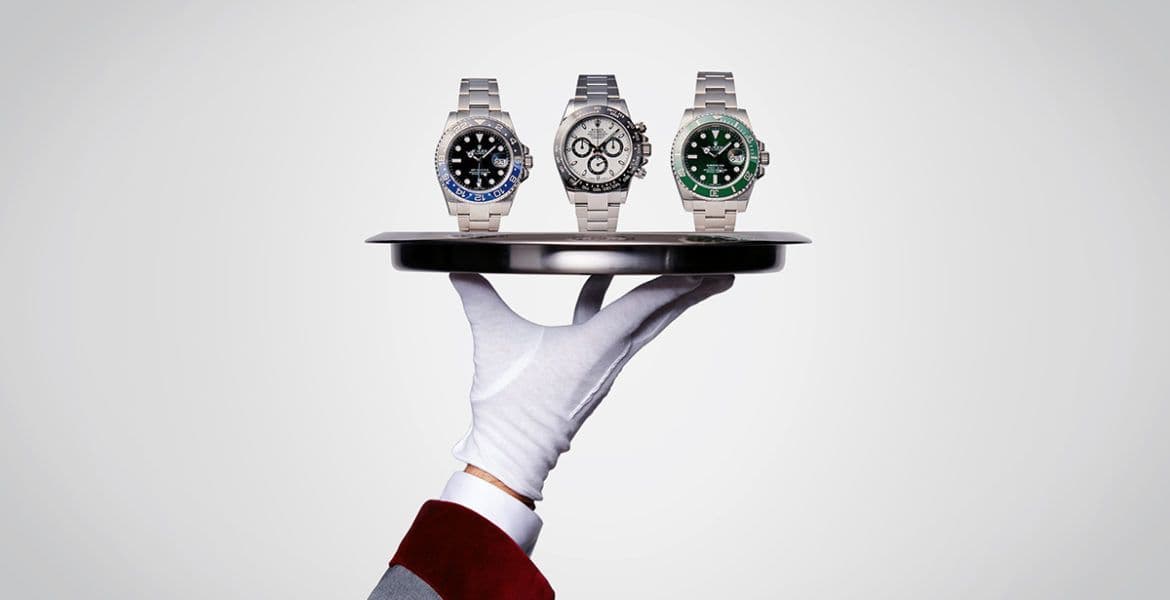
So, Why Rolex is Rolex?
Rolex built trust through innovative quality and precision, positioning itself as the gold standard in horology. Its contributions are not just historic. They’re foundational.
Whether you’re a collector, enthusiast, or considering your first luxury timepiece, understanding why Rolex is Rolex reveals the DNA of a brand that has shaped the industry for over a century.
